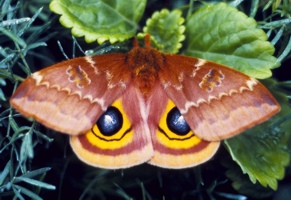 |
Order Lepidoptera |
|
Swallowtail Butterflies |
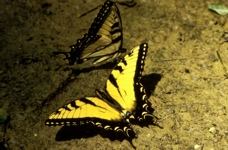 |
 |
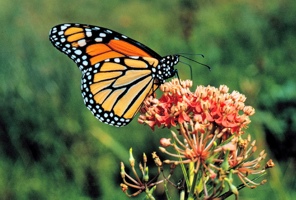 |
 |
Brush-footed Butterflies |
|
Sulfur Butterflies Sulfurs are medium-sized butterflies that typically have black markings on wings. They are typically white, yellowish, or orange in color. |
 |
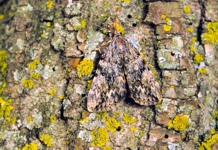 |
Noctuid Moths This is the largest family within the Lepidoptera order with nearly 3,000 describe species in North America. They are primarily nocturnal and are often attracted to lights. They have narrowed front wings and fairly broad hind wings. The antennae are usually long and slender. Except for the underwing moths, these moths are typically drab in color. |
|
Sphinx/Hawk Moths |
 |
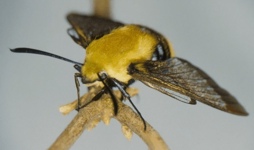 |
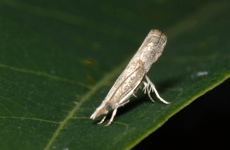 |
Snout/Grass Moths |